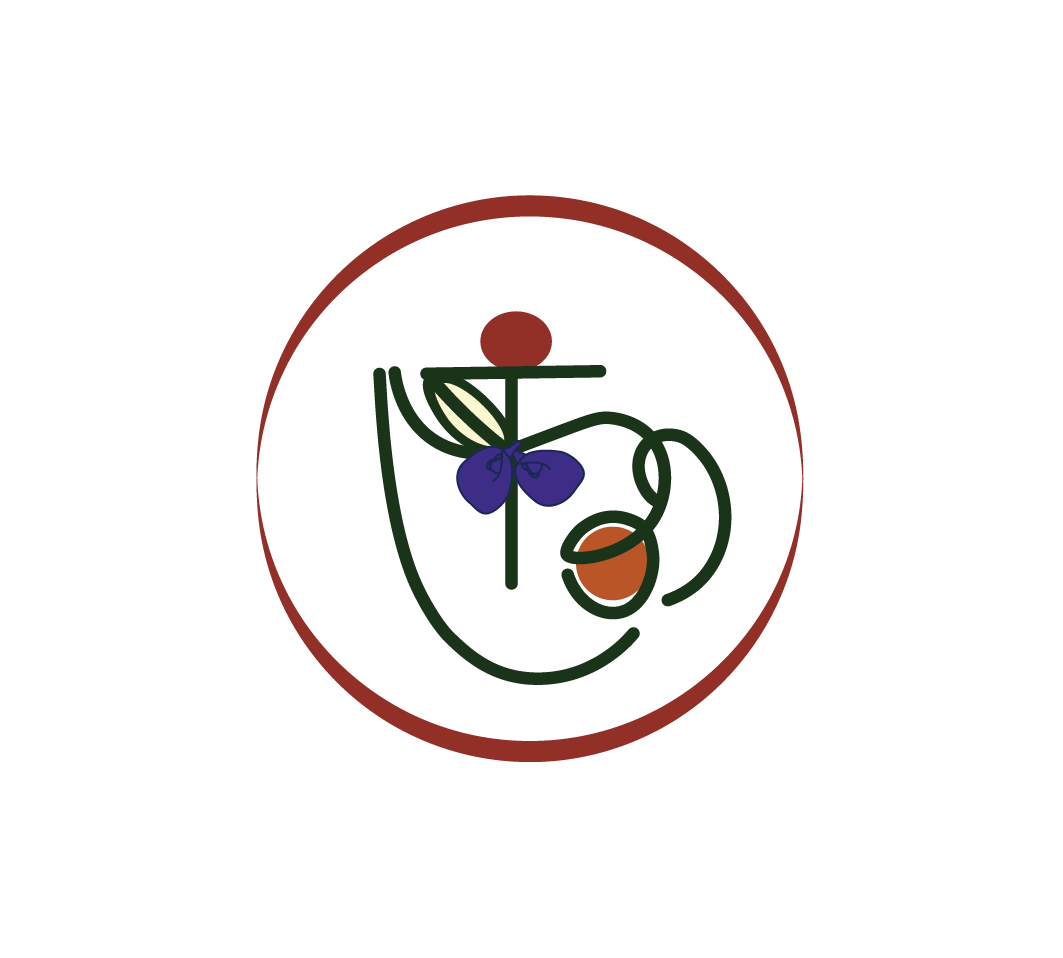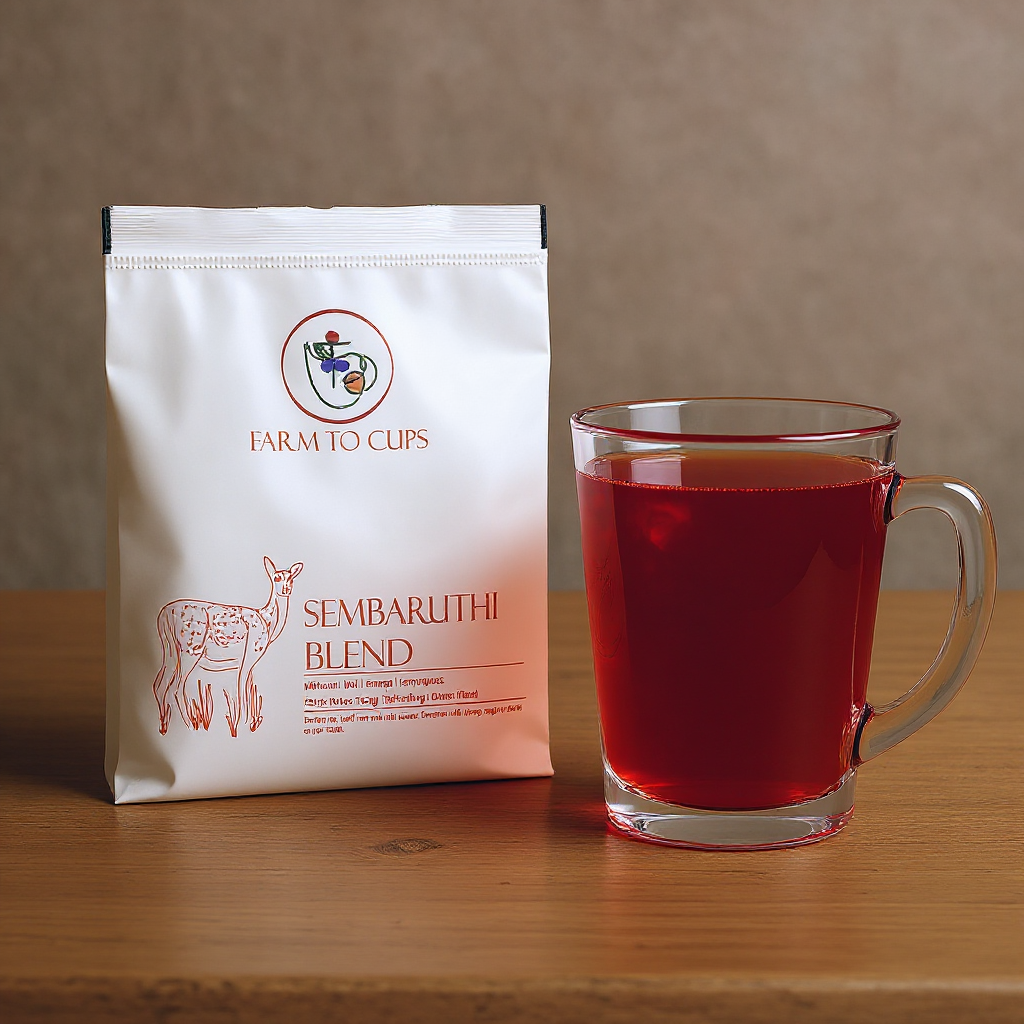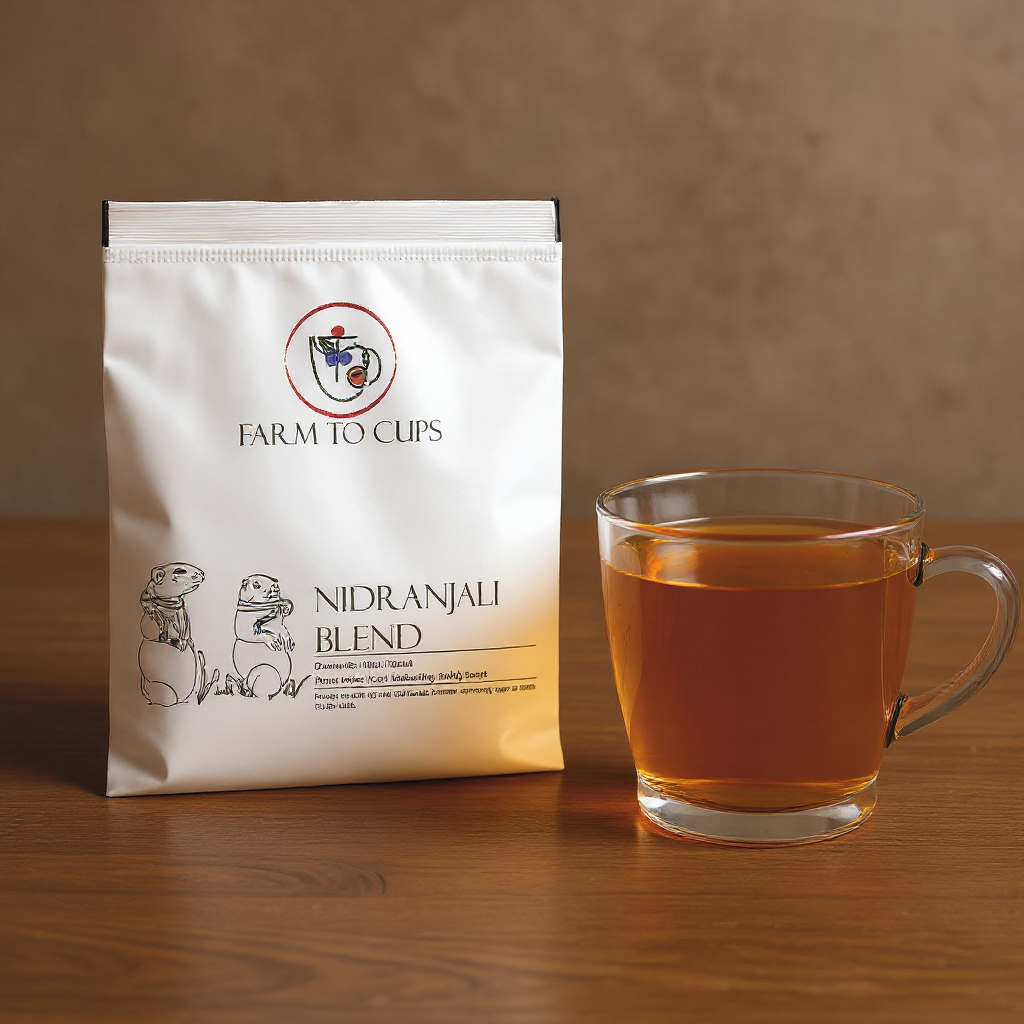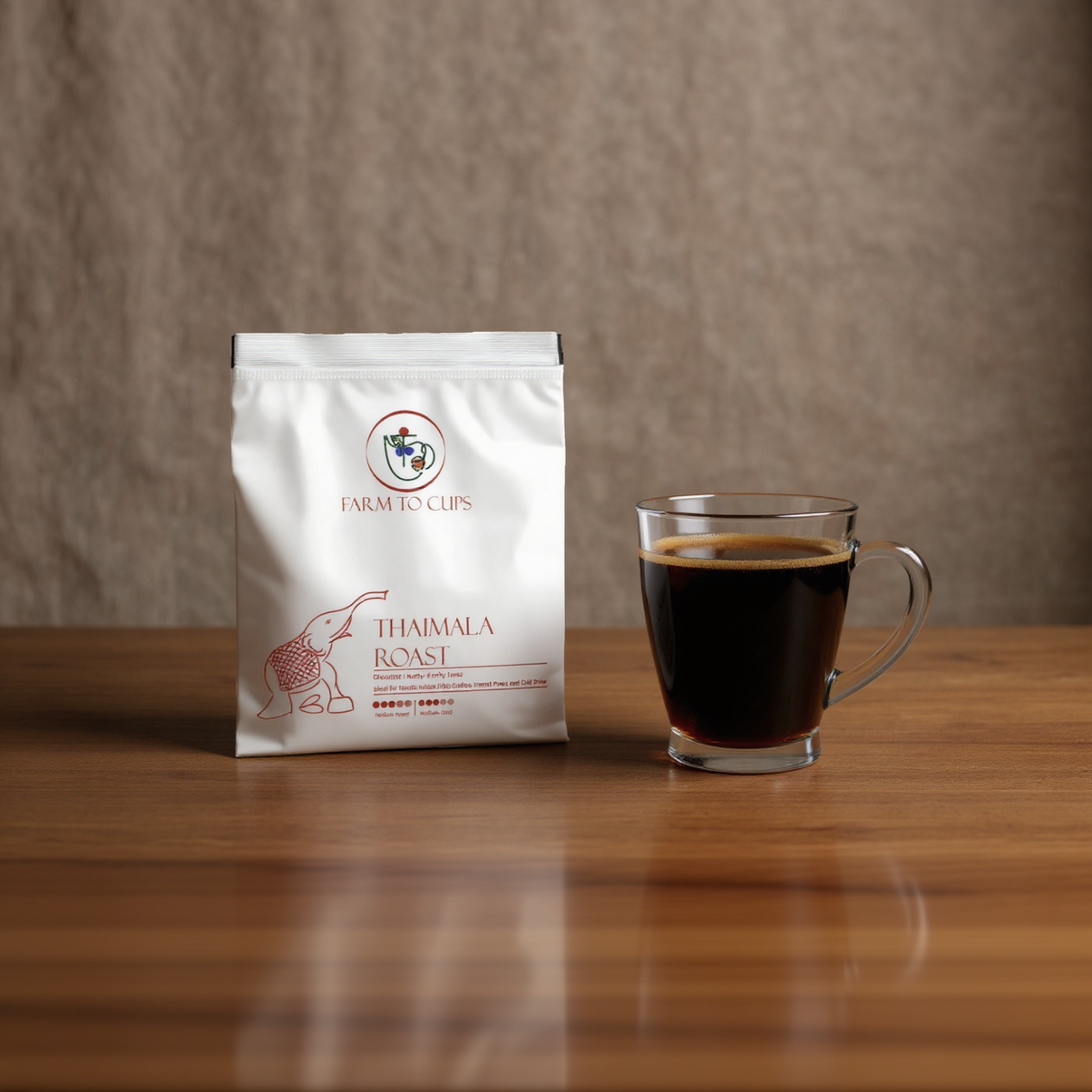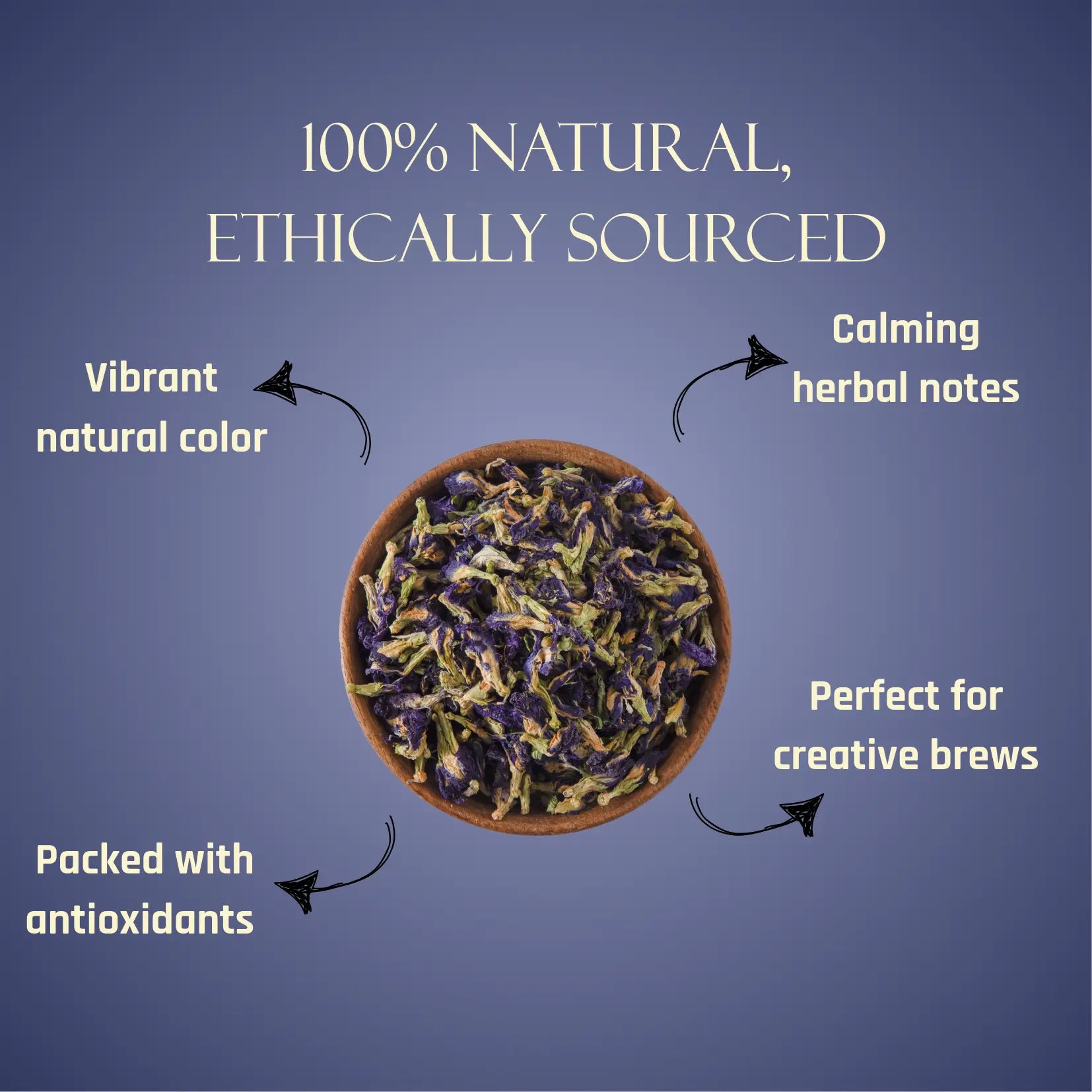
10 Funny and Fascinating Facts About Chamomile You Didn’t Know

Chamomile has been a beloved herbal remedy for centuries, best known for its calming tea. But beyond its soothing reputation, this humble flower has a quirky and intriguing history! From ancient Egyptian rituals to Shakespearean references, chamomile has been making waves in unexpected ways. Here are ten amusing and fascinating facts about chamomile that will make you appreciate this tiny flower even more!
1. Chamomile Means "Ground Apple"
The word chamomile comes from the Greek words chamos (ground) and milos (apple), referring to its apple-like fragrance and the fact that it grows close to the ground. So, the next time you sip chamomile tea, you’re technically drinking “earth apple” tea!
2. Chamomile Helped Mummify Egyptian Pharaohs
The ancient Egyptians valued chamomile so much that they used it in the mummification process. If it was good enough to preserve pharaohs, it must be a pretty powerful herb! They also dedicated the flower to the sun god Ra and used it as a remedy for fever and other ailments.
3. Shakespeare Was a Chamomile Fan
Chamomile found its way into one of Shakespeare’s plays! In Henry IV, Part 1, Falstaff says, “The camomile, the more it is trodden on, the faster it grows.” This means that adversity makes one stronger—just like how chamomile thrives even when stepped on! Who knew a cup of tea could have such poetic significance?
4. Russia’s National Flower
Chamomile holds a special place in Russian culture—it is their national flower! Unlike roses or lilies, Russia chose this dainty herb as a symbol of simplicity, purity, and healing. Imagine a whole nation honoring chamomile the way others honor majestic roses!
5. The Ultimate Tummy Tamer
Chamomile tea is famous for its calming effects, but it’s also a natural remedy for stomach issues. Ancient civilizations used it to soothe digestive discomfort, making it the ultimate “hug in a mug” for tummy troubles. Even Peter Rabbit’s mother gave him chamomile tea after his adventures in Beatrix Potter’s The Tale of Peter Rabbit!
6. Pollinated by… Flies?
Most flowers rely on bees or butterflies for pollination, but chamomile has a rather unusual pollination partner—flies! While that may not sound glamorous, flies play an important role in helping chamomile flowers thrive. Looks like even the tiniest creatures appreciate this magical herb!
7. Chamomile Lawns Exist!
Forget boring grass lawns—some people plant chamomile instead! This fragrant alternative provides a soft, aromatic ground cover that can be walked on, sat on, and even used for tea. Imagine stepping outside and being greeted by the soothing scent of chamomile with every step. Sounds like a dream!
8. Chamomile in Beer? Yes, Please!
While chamomile is mostly associated with tea, it has also been used as a flavoring agent in beer. Some craft brewers experiment with chamomile to add a floral, slightly sweet note to their brews. Who would have thought this bedtime tea could find its way into a pint glass?
9. A Literary and Cultural Star
Chamomile has made several cultural appearances, from classic literature to folklore. Aside from Peter Rabbit, it has been mentioned in medieval texts and traditional medicine across Europe, Asia, and the Middle East. It’s a flower with a rich, storied past—literally!
10. The Perfect Aromatic Sidekick
Chamomile doesn’t just make a great tea—it enhances the flavors of other foods and beverages too! It pairs beautifully with honey, citrus, vanilla, and even savory dishes. Whether in desserts, infused water, or cocktails, chamomile is a versatile star in the kitchen.
Final Thoughts: More Than Just a Sleepy-Time Tea
Chamomile is far more fascinating than it gets credit for. From ancient Egyptian tombs to Shakespeare’s plays and even Russian symbolism, this tiny flower has a rich history and plenty of surprises. So, the next time you sip a cup of chamomile tea, remember—you’re enjoying a drink that has been loved for thousands of years and even played a role in royal burials!
Have you ever tried chamomile in an unusual way? Let us know in the comments!
